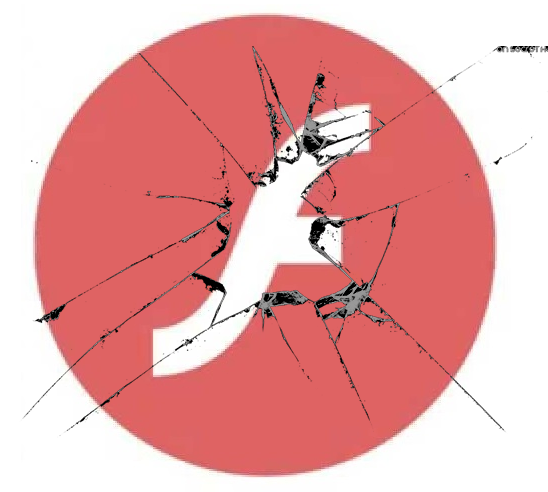Homepage
Major: Information Technology
Email: jxs4@njit.edu
Status: Junior Student
After 2020, Adobe will stop releasing updates for Flash and web browsers will no longer support it. The companies are encouraging developers to migrate their software on to modern programming standards. "Few technologies have had such a profound and positive impact in the internet era," said Govind Balakrishnan, vice-president of product development for Adobe Creative Cloud.
Adobe said that enough progress had been made within open web standards like HTML5 that it was time to phase out Flash. "Adobe and Macromedia provided innovation to the web, through browser plug-ins, before the underlying web standards could support the interactivity and creativity our digital media publishers and consumers craved," they said.  By the end of 2020, we firmly believe that all of these required media capabilities and standards will be widely deployed and natively available to customers within browsers." Specifically, Adobe Flash Player will be end-of-lifed by 2020, the company said, meaning that it simply won't work. That will have dramatic effects on sites like Newgrounds, which evolved into a repository for Flash-authored (and HTML5) content. Facebook also addressed the issue of Flash-based games running on its site; while those games will work until 2020, the company urged developers to shift to HTML5 as soon as possible. For many, though, Flash was simply seen at least as a nuisance, and at worst a serious security risk.
By the end of 2020, we firmly believe that all of these required media capabilities and standards will be widely deployed and natively available to customers within browsers." Specifically, Adobe Flash Player will be end-of-lifed by 2020, the company said, meaning that it simply won't work. That will have dramatic effects on sites like Newgrounds, which evolved into a repository for Flash-authored (and HTML5) content. Facebook also addressed the issue of Flash-based games running on its site; while those games will work until 2020, the company urged developers to shift to HTML5 as soon as possible. For many, though, Flash was simply seen at least as a nuisance, and at worst a serious security risk.
Created more than 20 years ago, Flash was once the preferred software used by developers to create games, video players and applications capable of running on multiple web browsers. When Adobe acquired Flash in its 2005 purchase of Macromedia, the technology was on more than 98% of personal computers connected to the web, Macromedia said at the time. But Flash's popularity began to wane after Apple's decision not to support it on the iPhone. In the past year, several web browsers have begun to require users to enable Flash before running it. On Google's Chrome, the most popular browser, Flash's usage has already fallen drastically.
In 2014, Flash was used each day by 80% of desktop users. That number is now at 17% "and continues to decline", Google had said.

About || Form